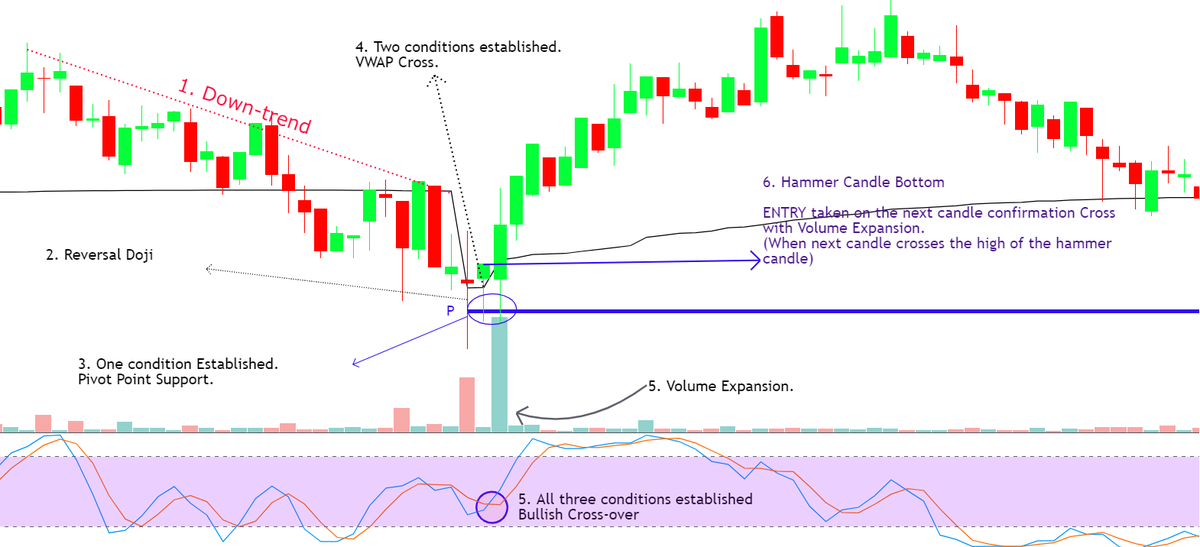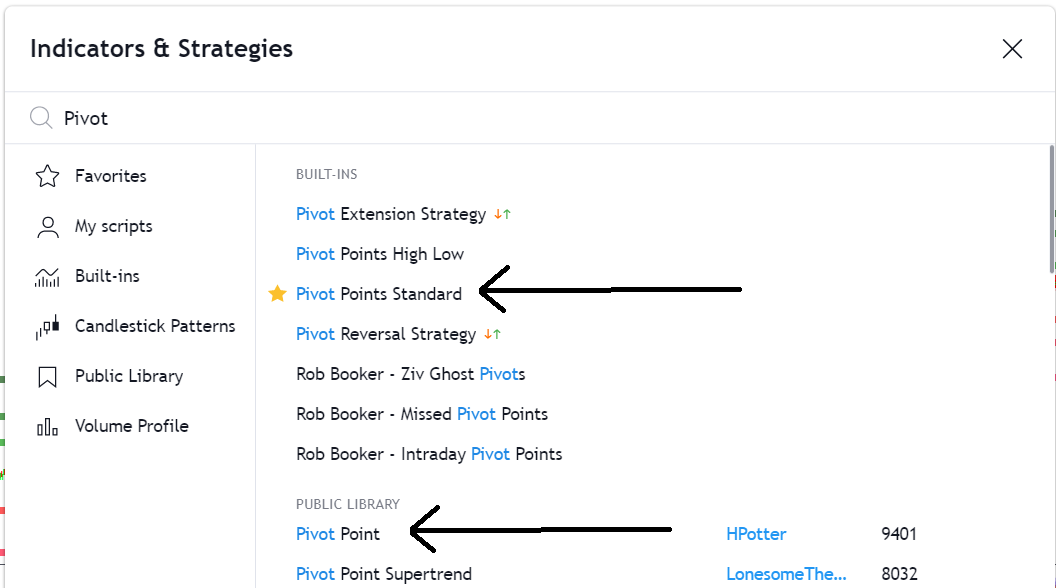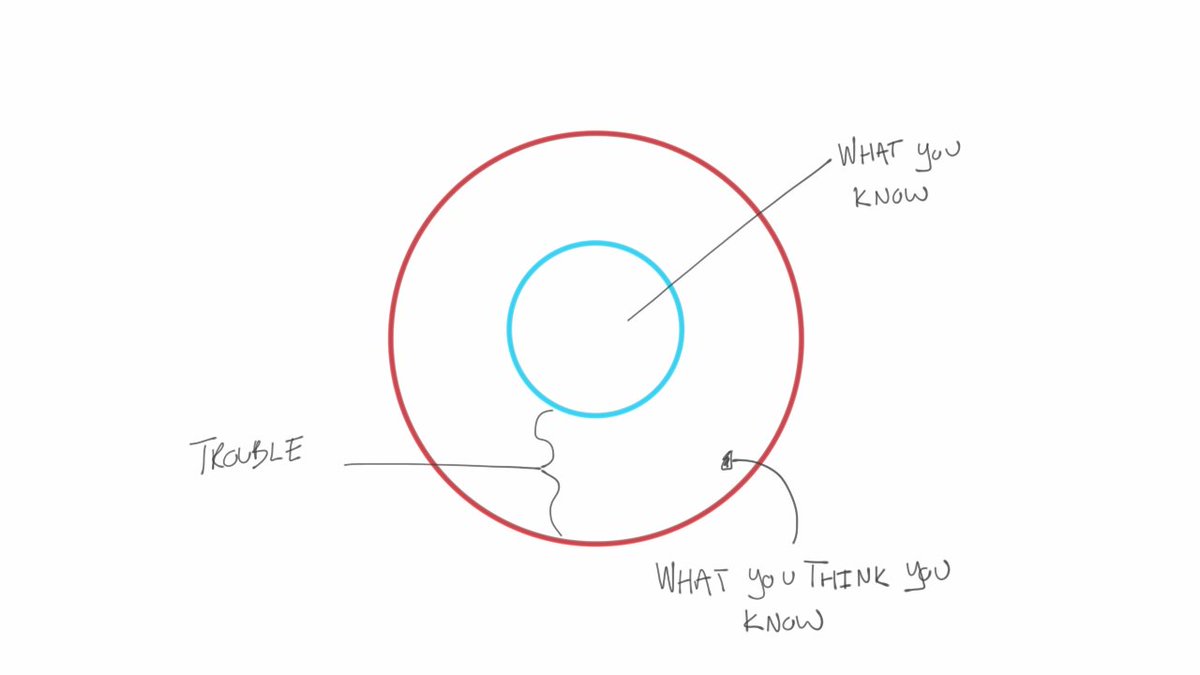A generation of consumers became more risk averse, business investment & productivity slumped, and a large cohort of workers witnessed real declines in nominal incomes. 2/
This chart is the clearest representation of the immense damage that emanated from the GFC on the US economy.
In the ~60 years following WWII, US real GDP seemed to grow at ~3% trend like clockwork.
2008 marked the end of this trend, with growth downshifting to ~2% since. 1/

A generation of consumers became more risk averse, business investment & productivity slumped, and a large cohort of workers witnessed real declines in nominal incomes. 2/
The Fed's own estimate of R* now sits at 2.5%, down nearly 200 bps from its estimate in 2012. 3/

I don't think this is as far fetched as conventional wisdom makes it out to be. 4/
Think of the difference between someone who lived through the great depression versus someone who survived WWII. The latter was far more risk seeking than the former. 5/
When in history have we witnessed a ~10% decline in nominal GDP and a coincident 12% INCREASE in nominal income in the same quarter?! Never... 6/

At the beginning of 2020, household debt as a percentage of disposable income was at its lowest levels in ~20 years. 7/

This sounds trite, but the pandemic is a reminder that life is short. There is little point in waiting to start a business. And with HH B/S's healthy, there is no time like the present. 8/
US business applications have surged this year following years of stagnant growth. 9/

More from Trading
You May Also Like
1/x Fort Detrick History
Mr. Patrick, one of the chief scientists at the Army Biological Warfare Laboratories at Fort Detrick in Frederick, Md., held five classified US patents for the process of weaponizing anthrax.
2/x
Under Mr. Patrick’s direction, scientists at Fort Detrick developed a tularemia agent that, if disseminated by airplane, could cause casualties & sickness over 1000s mi². In a 10,000 mi² range, it had 90% casualty rate & 50% fatality rate
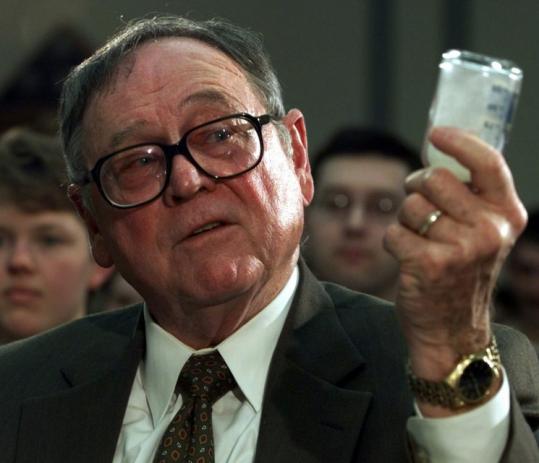
3/x His team explored Q fever, plague, & Venezuelan equine encephalitis, testing more than 20 anthrax strains to discern most lethal variety. Fort Detrick scientists used aerosol spray systems inside fountain pens, walking sticks, light bulbs, & even in 1953 Mercury exhaust pipes

4/x After retiring in 1986, Mr. Patrick remained one of the world’s foremost specialists on biological warfare & was a consultant to the CIA, FBI, & US military. He debriefed Soviet defector Ken Alibek, the deputy chief of the Soviet biowarfare program
https://t.co/sHqSaTSqtB

5/x Back in Time
In 1949 the Army created a small team of chemists at "Camp Detrick" called Special Operations Division. Its assignment was to find military uses for toxic bacteria. The coercive use of toxins was a new field, which fascinated Allen Dulles, later head of the CIA
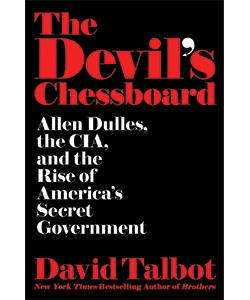
Mr. Patrick, one of the chief scientists at the Army Biological Warfare Laboratories at Fort Detrick in Frederick, Md., held five classified US patents for the process of weaponizing anthrax.
2/x
Under Mr. Patrick’s direction, scientists at Fort Detrick developed a tularemia agent that, if disseminated by airplane, could cause casualties & sickness over 1000s mi². In a 10,000 mi² range, it had 90% casualty rate & 50% fatality rate

3/x His team explored Q fever, plague, & Venezuelan equine encephalitis, testing more than 20 anthrax strains to discern most lethal variety. Fort Detrick scientists used aerosol spray systems inside fountain pens, walking sticks, light bulbs, & even in 1953 Mercury exhaust pipes

4/x After retiring in 1986, Mr. Patrick remained one of the world’s foremost specialists on biological warfare & was a consultant to the CIA, FBI, & US military. He debriefed Soviet defector Ken Alibek, the deputy chief of the Soviet biowarfare program
https://t.co/sHqSaTSqtB

5/x Back in Time
In 1949 the Army created a small team of chemists at "Camp Detrick" called Special Operations Division. Its assignment was to find military uses for toxic bacteria. The coercive use of toxins was a new field, which fascinated Allen Dulles, later head of the CIA




